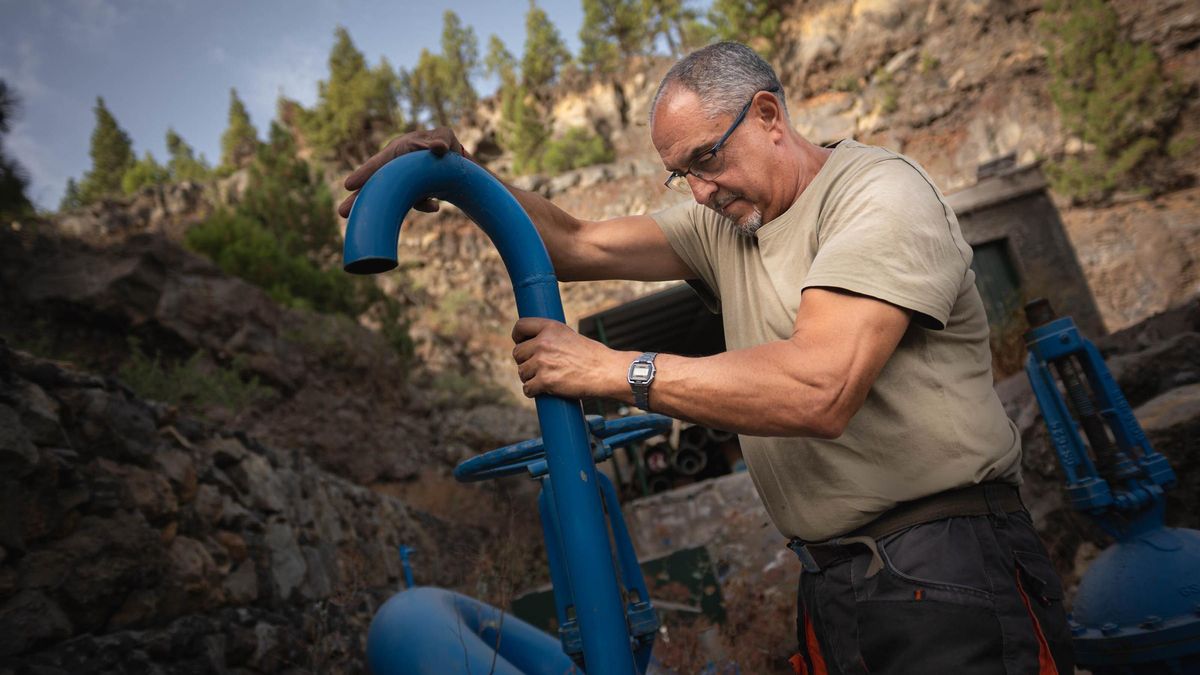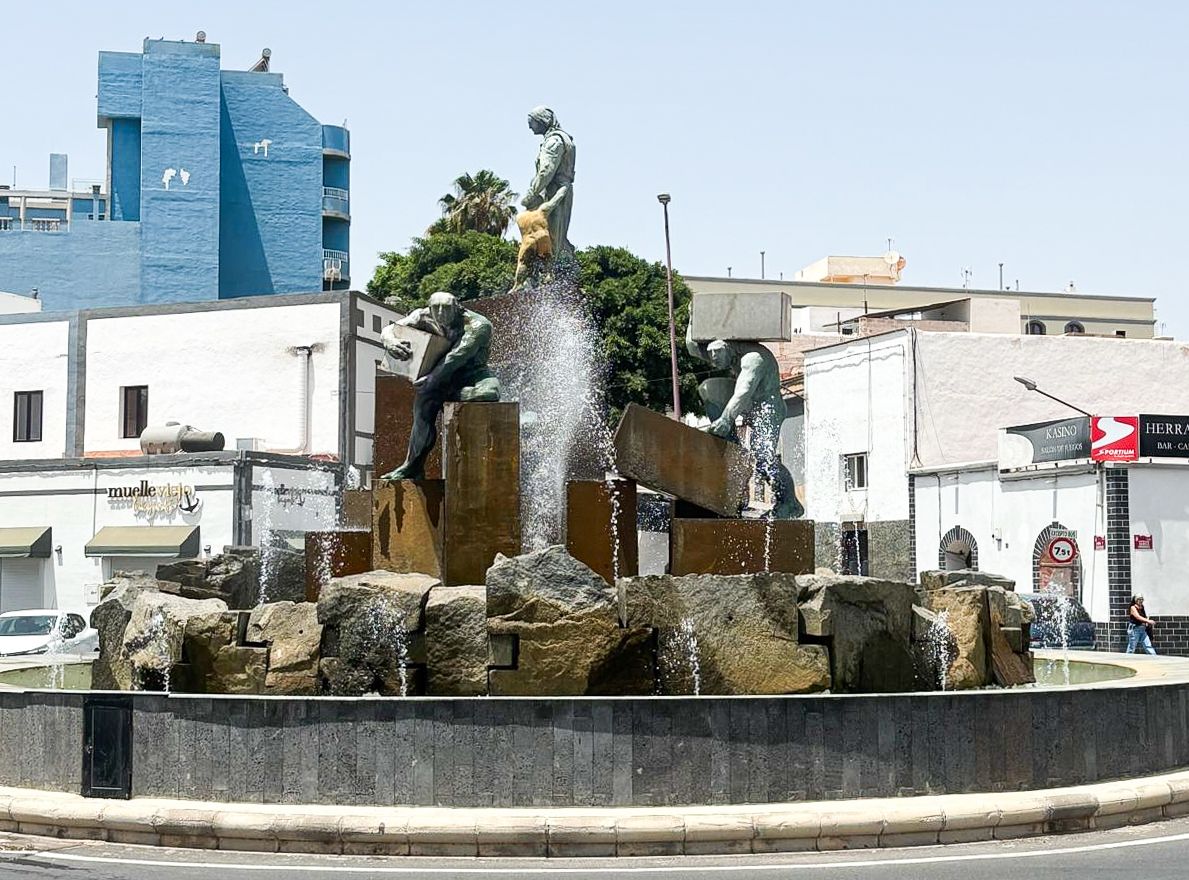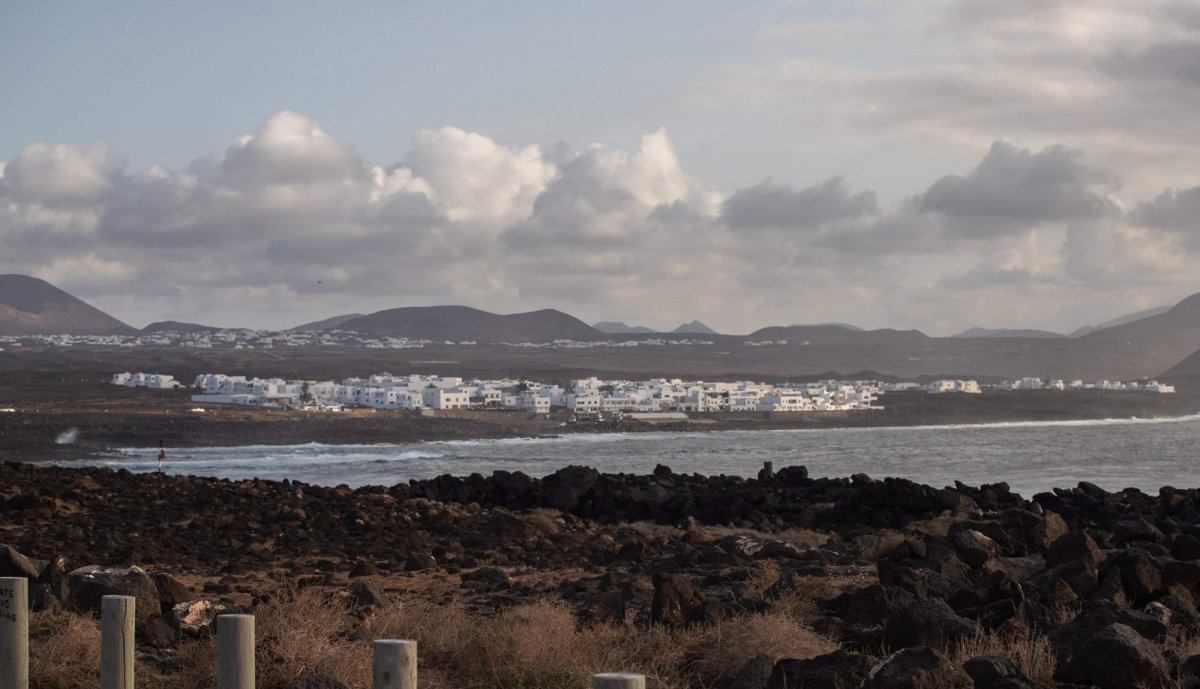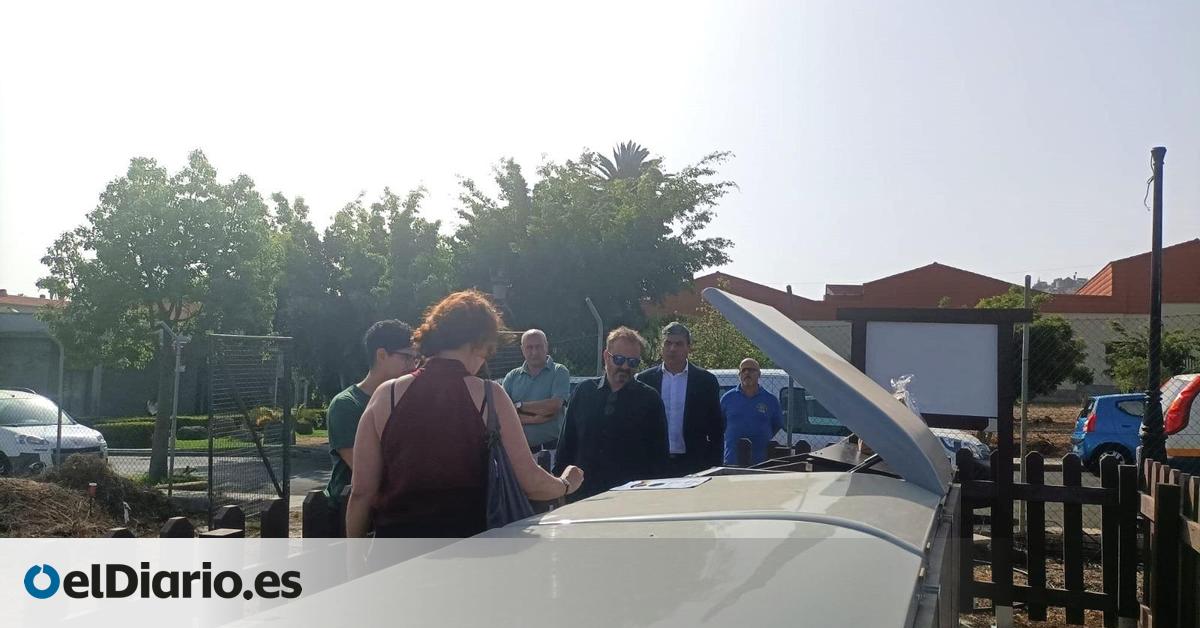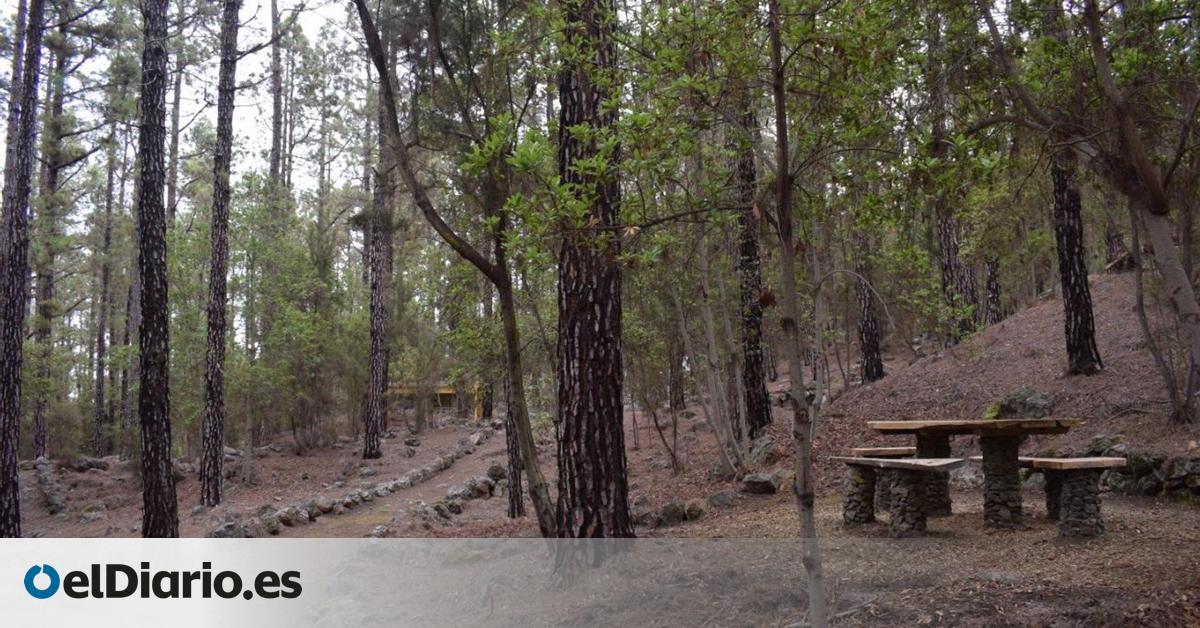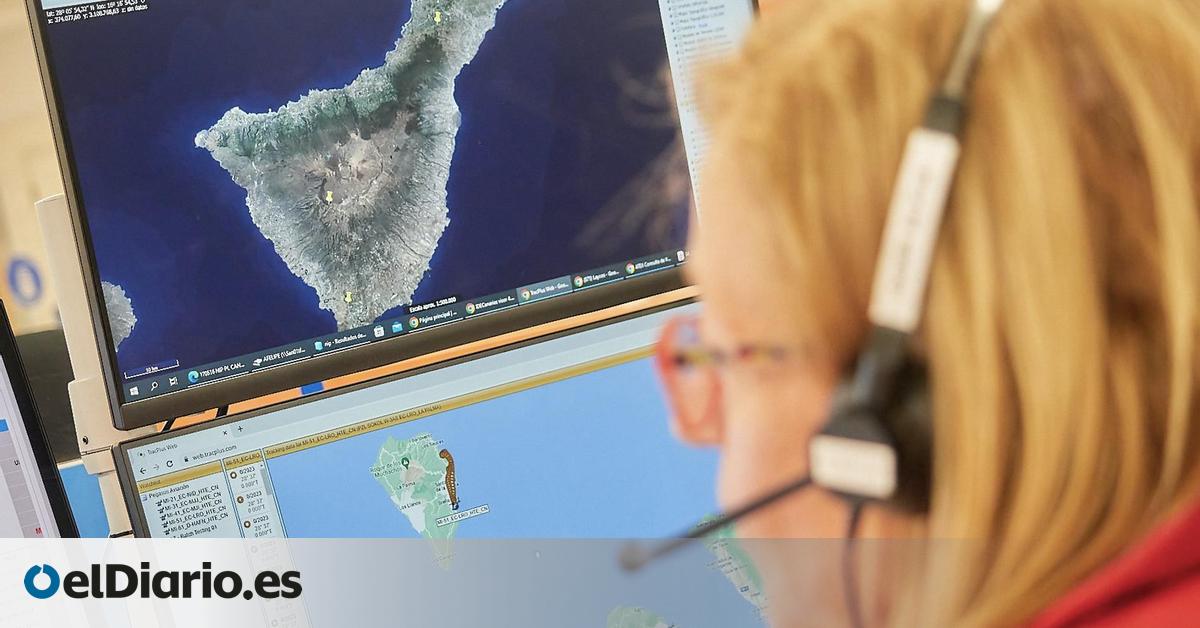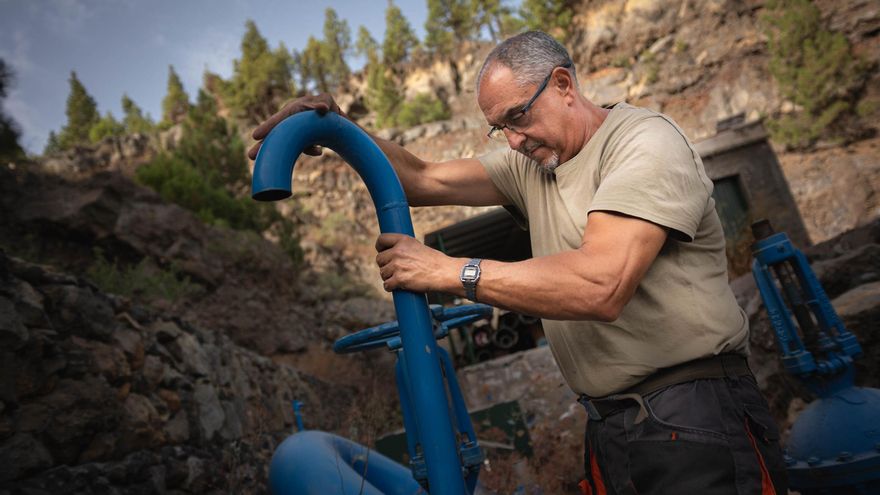
88% of Galleries in Tenerife (1,055) do not provide water because they are either inactive (981) or closed (74) for various reasons, primarily safety concerns that necessitate their closure. The new census of underground hydraulic infrastructures identifies a total of 1,524 on the Island, including 403 wells. Of these, 63% of the water for human consumption and agricultural irrigation is sourced from the galleries, while the wells contribute 10%, accounting for a total of 73%. In contrast, just over 20% of water comes from regenerated and desalinated sources, although experts suggest that the future supply will largely depend on their development.
The Tenerife Insular Water Council (Ciatf) has recently updated the census of galleries and wells on the Island, in compliance with Article 20.4 of Decree 232/2008, dated 25 November. This new record, published in the Official Bulletin of Canary Islands (BOC) on 28 July, confirms that there are galleries in all 31 municipalities and wells in 30, with the only exception being El Tanque. It also indicates a slight increase from the previous declining trend; in 2023, there were 1,100 galleries and 390 wells.
Only 140 galleries, comprising 12.5% of the 1,121 that exist, are operational, while 87.5% are inactive and 6.6% are closed. In terms of well inventory, the operational percentage increases to 50.8% (205 of 403), while 38.2% (154) are out of service and closed wells account for 10.8% (44).
In terms of municipal details, notable cases include Puerto de la Cruz and San Miguel de Abona, which stand out with just one gallery compared to 13 and 14 wells respectively. Arona also has more wells (33) than galleries (9). Interestingly, Granadilla de Abona has an equal number of both, 37, while La Laguna has a near equal census of 44 wells against 42 galleries. Los Realejos leads with 169 galleries against only six wells. It is followed by La Orotava with 86 galleries (12 wells). In the south, significant numbers include Arico (75 galleries and 25 wells), Guía de Isora (50 and 21), Arafo (41 and 10), Güímar (39 and 23), and Vilaflor (35 and 4). Santa Cruz records a total of 83, with 53 galleries and 20 wells. The varied toponymy reflects a blend of pre-Hispanic reminiscences and references to saints, locations, and traditional rural practices.
The early galleries from the late 19th and early 20th centuries are typically located near springs, as drilling occurred where there was a water source. They are generally not very long, ranging from 200 to 300 metres, while conventional ones can extend up to one or two kilometres.
The Natural Environment Councillor of the Cabildo de Tenerife, Blanca Pérez, explains that the new census is “a legal procedure we are obliged to carry out to ascertain the numbers. The regulations of the Government of the Canary Islands are clear and aim to ensure safety in these facilities and, if necessary, to implement appropriate measures.”
The aforementioned Decree 232/2008 establishes that the insular water councils are responsible for preparing, based on the data from the Register and Catalogue of Waters, the records for permits and concessions for the exploitation of groundwater and hydrological planning, as well as any other available sources of information, a census of the underground facilities on their respective islands, divided into two major categories: active and inactive installations. The census will be updated periodically on a biennial basis.
Councillor Pérez emphasises, “we are working to mitigate an annual average reduction of between 3% and 5%, and this time we’ve managed to maintain production fairly steadily.” She explains that “this census must be conducted every two years and serves to notify the owners—they have three months to respond—because we are responsible for monitoring.” If there are any safety or other issues that require intervention, the Mining Department of the General Directorate of Industry is notified to take action. The current head is Ana Zurita, from the Popular Party.
There Will Be a Reduction
Subterranean water will not disappear in Tenerife, even as aquifer levels decline if it does not rain, and this will depend on the evolution and trends of climate change. This theory is supported by retired engineer Juan José Braojos, who maintains that the contribution of total groundwater will decrease from the current 73% to potentially 50% over the next 100 years.
The infrastructures that have traditionally monopolised the utilisation of the groundwater level on the Island are, therefore, galleries and wells. In the case of galleries, these are tunnels with a single opening, the mouth, and an average cross-section of 2×2 metres, bored with the intention of obtaining water. Meanwhile, wells are defined as vertical drillings, typically cylindrical with a diameter much smaller than the depth.
Galleries such as Vergara in La Guancha – the most productive – and wells like Era Verde or Angola in Vilaflor have seen increased outputs or have come back into production due to measures taken during the water emergency. Blanca Pérez notes, “in parallel, there is desalinated and regenerated water, but we must maintain the resources that originate from the aquifer.”
This last initiative includes subsidies for private communities, known as aids, to maintain the facilities in good condition. Those that close or are abandoned do so because they cannot maintain production, especially the smaller wells, where electrification is necessary, driving up costs.
Engineer Braojos reflects: “We must value what the extraction and utilisation of underground resources has meant for the Island.” Remarkable “works of water extraction and utilisation have allowed life and prosperity since the late 19th century and have crystallised into something worthy of admiration for their scale and what they reveal of the initiative, perseverance, and sacrifice of their promoters over a century ago. Water is life, and in Tenerife, it is synonymous with galleries and wells.


